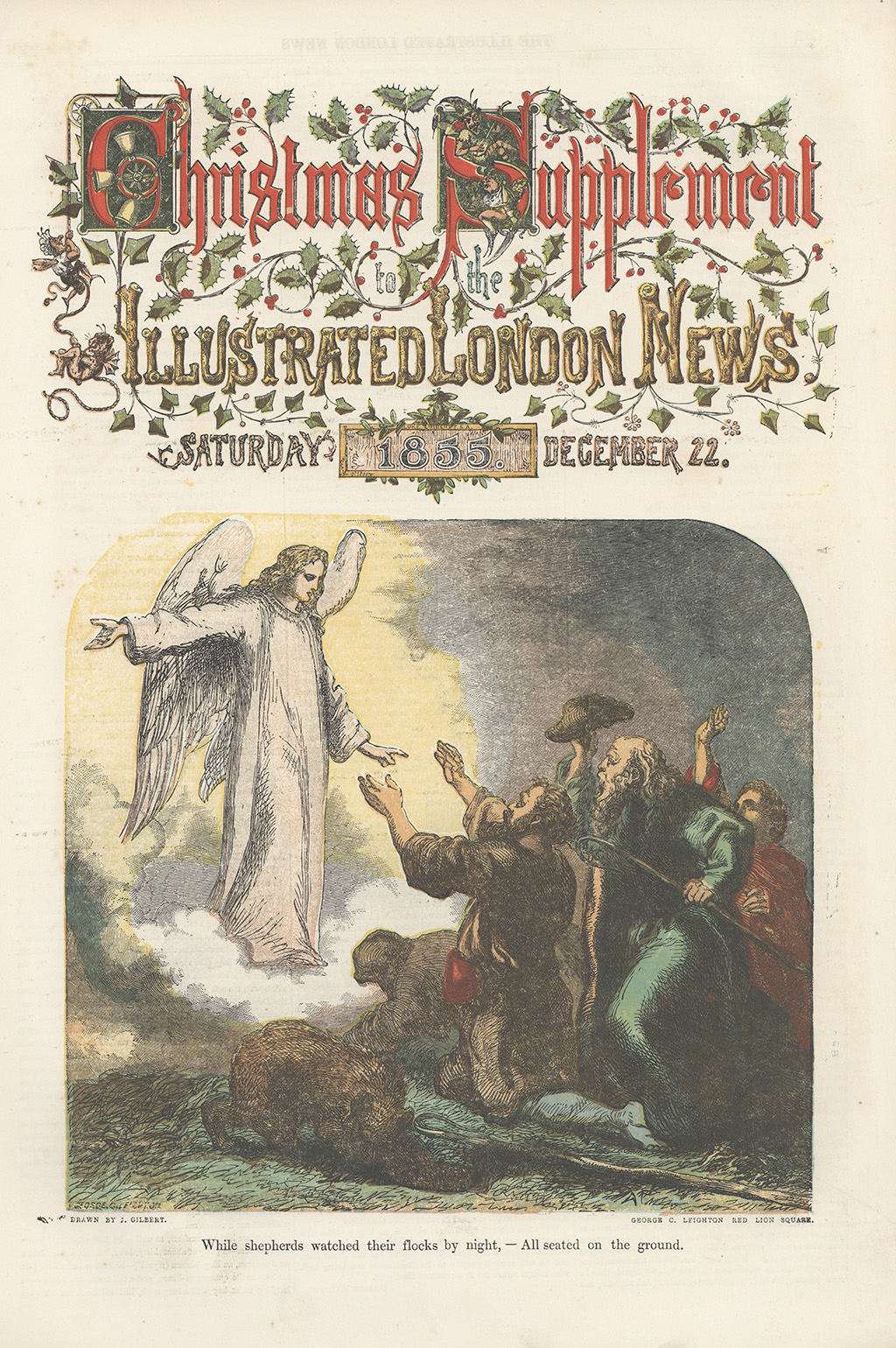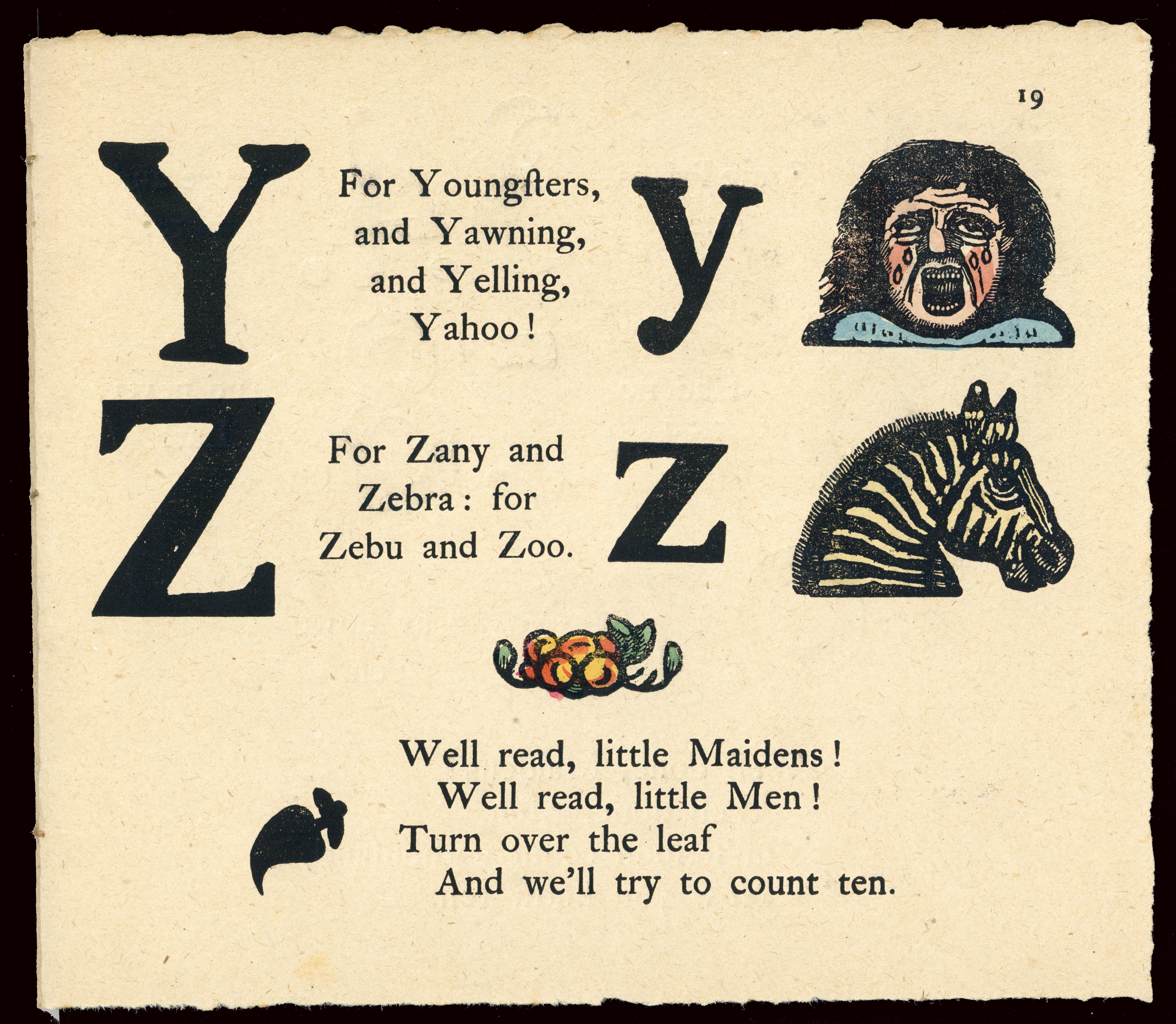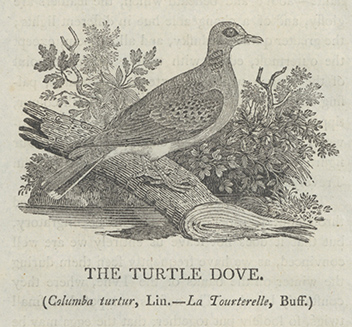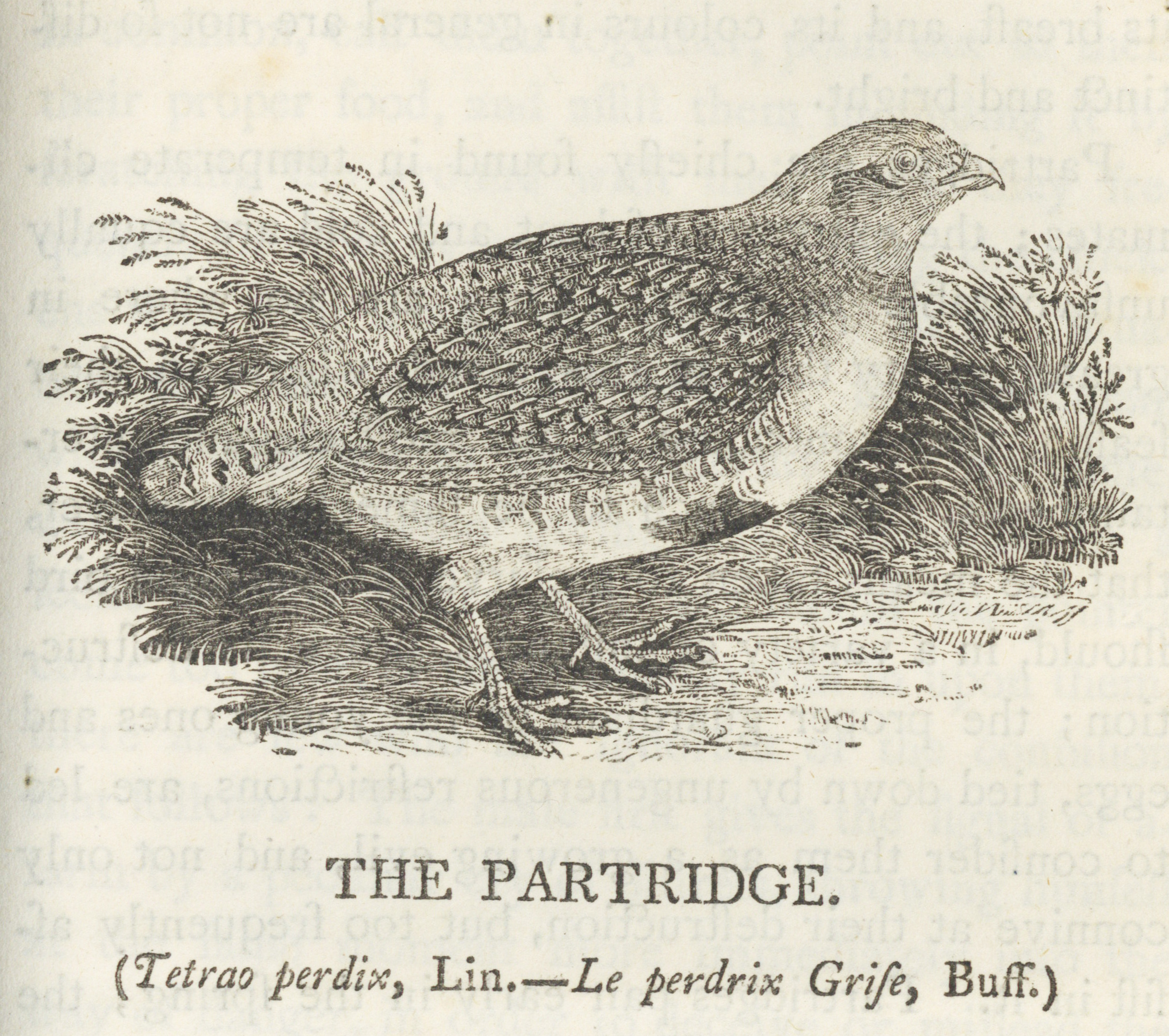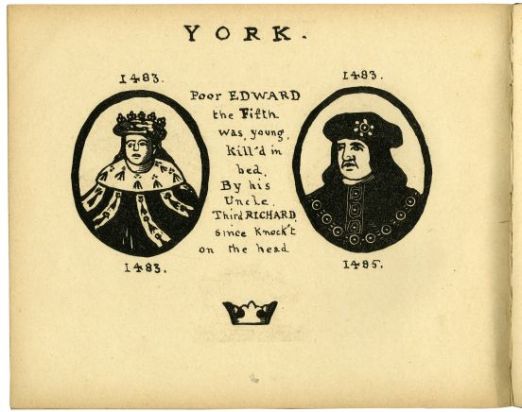One of my favourite books on my own bookshelves is a contemporary reprint of part of the Hokusai Manga. The Manga comprises sketches by the artist Katsushika Hokusai, reproduced in three colour woodblock prints. Woodblock printing was a popular art form in Japan from the seventeenth century onwards. Having arrived in Japan from China centuries before, it gained popularity during the Genroku period (between 1688 and 1703), in part due to the increased wealth and disposable income of the merchant classes. The art form was known as Ukiyo-e, or ‘pictures of the floating world’, in reference to the urban culture of Edo (modern day Tokyo). The ‘floating world’ was the term used to describe the city’s red light district, with its kabuki theatres, brothels and tea houses.
Ukiyo-e’s original subjects were the people and places found within that world. In later years however, the genre moved away from these roots. The Meiji restoration and opening of the Suez Canal in 1868 caused a rapid influx of Westernization. All of Japanese culture felt the impact of these changes, and within the art world there was a shift towards works with a more Western focus including images of the natural world, muted colour palettes and techniques such as shading.
While searching our catalogue, I came across a listing within our 19th Century Collection of rare books for a publication titled Inakanotsuki, which had been tagged with ‘Ukiyo-e’. Intrigued, I decided to seek it out from our stores to see what it contained.
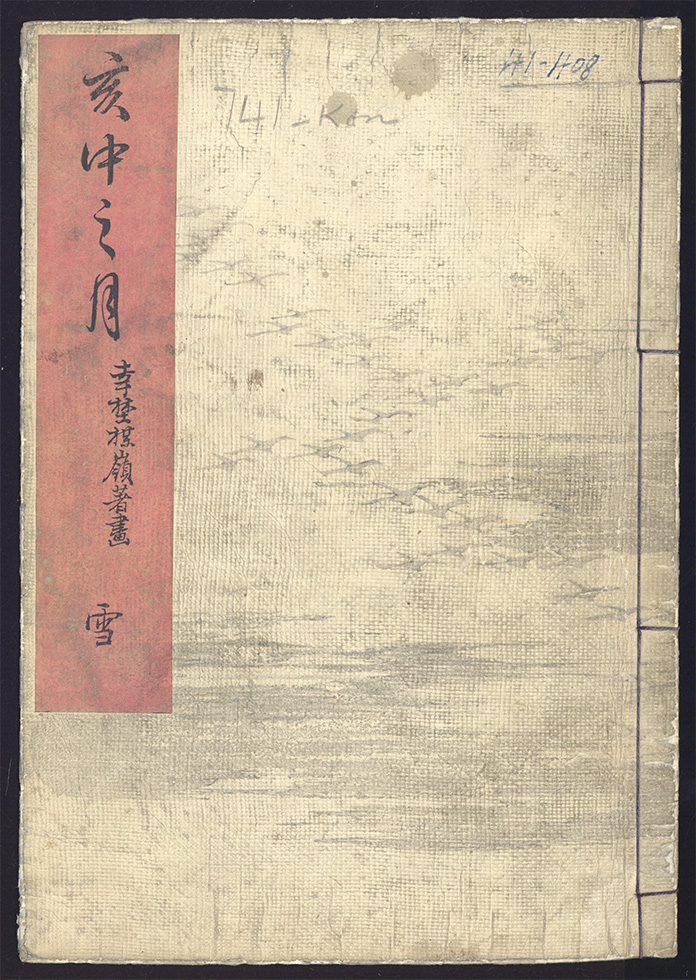
Front cover of ‘Inakanotsuki‘ by Kōno Bairei, 1889 (19th Century Collection, 741 KON)
Inakanotsuki is a small book with a stitched binding, known as fukuru-toji. What appears at first to be a plain, beige cover is itself a very subtle print showing flocks of birds. Inside the volume are multi-colour woodblock prints of various animals. It was published in 1889 – the year the Meiji Constitution was adopted in Japan. The artist is Kōno Bairei.
Kōno Bairei was born in 1844 in Kyoto. As a young man he trained in classical Japanese painting under the tutelage of respected and established artists. He founded the Kyoto Art Association, and was a co-founder of the Kyoto Prefectural Painting School. His involvement with Ukiyo-e consisted of designing prints for illustrated books, often depicting birds. While this example of Kōno’s work does feature birds, my personal favourites are his depictions of animals.
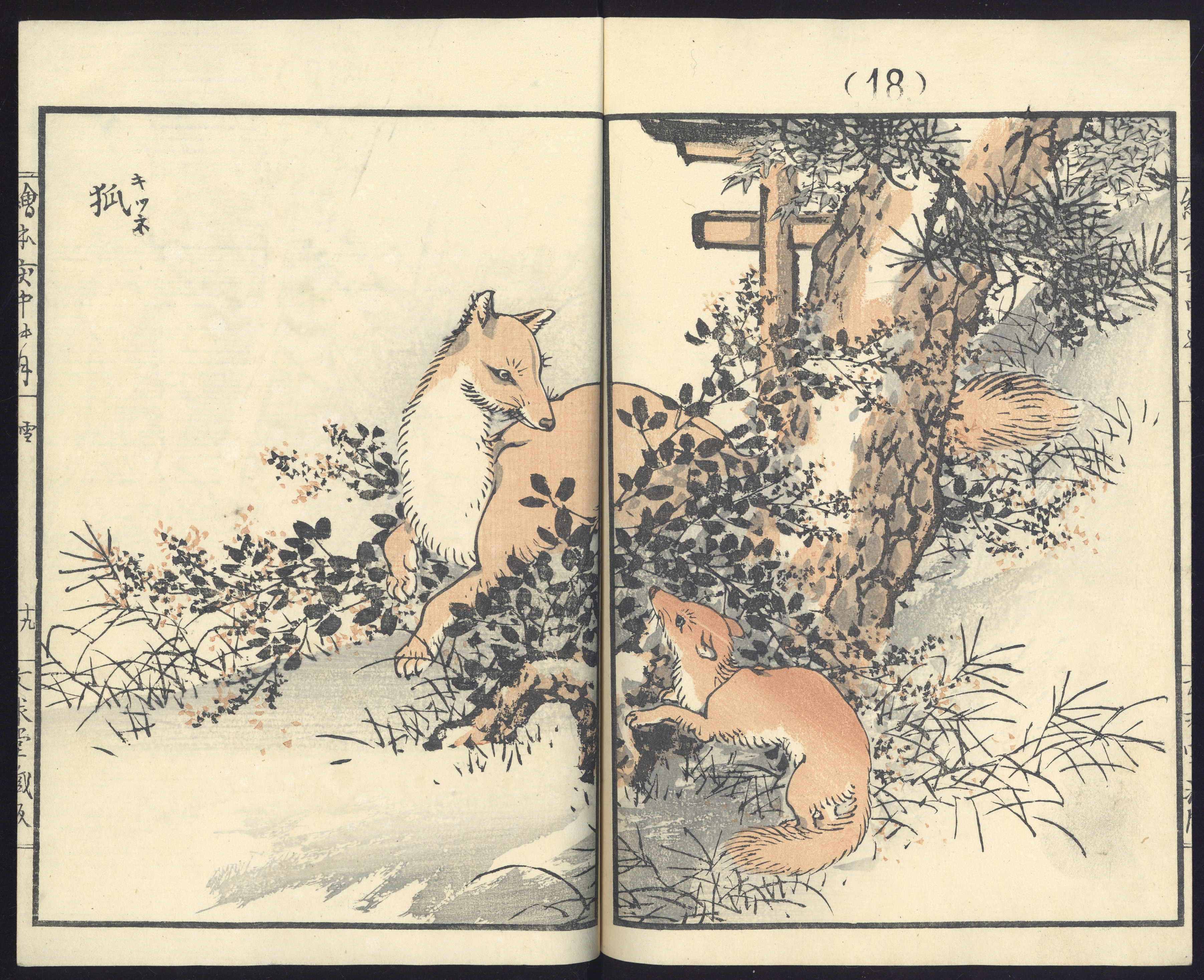
Ukiyo-e depictions of the natural world are also known as kacho-e, and an array of wildlife appear on the books’ pages, including bats, foxes and turtles. Japanese art is renowned for the symbolism vested in its images – not just in the animal subjects, but a whole range of aspects including the scenery, colours and composition.
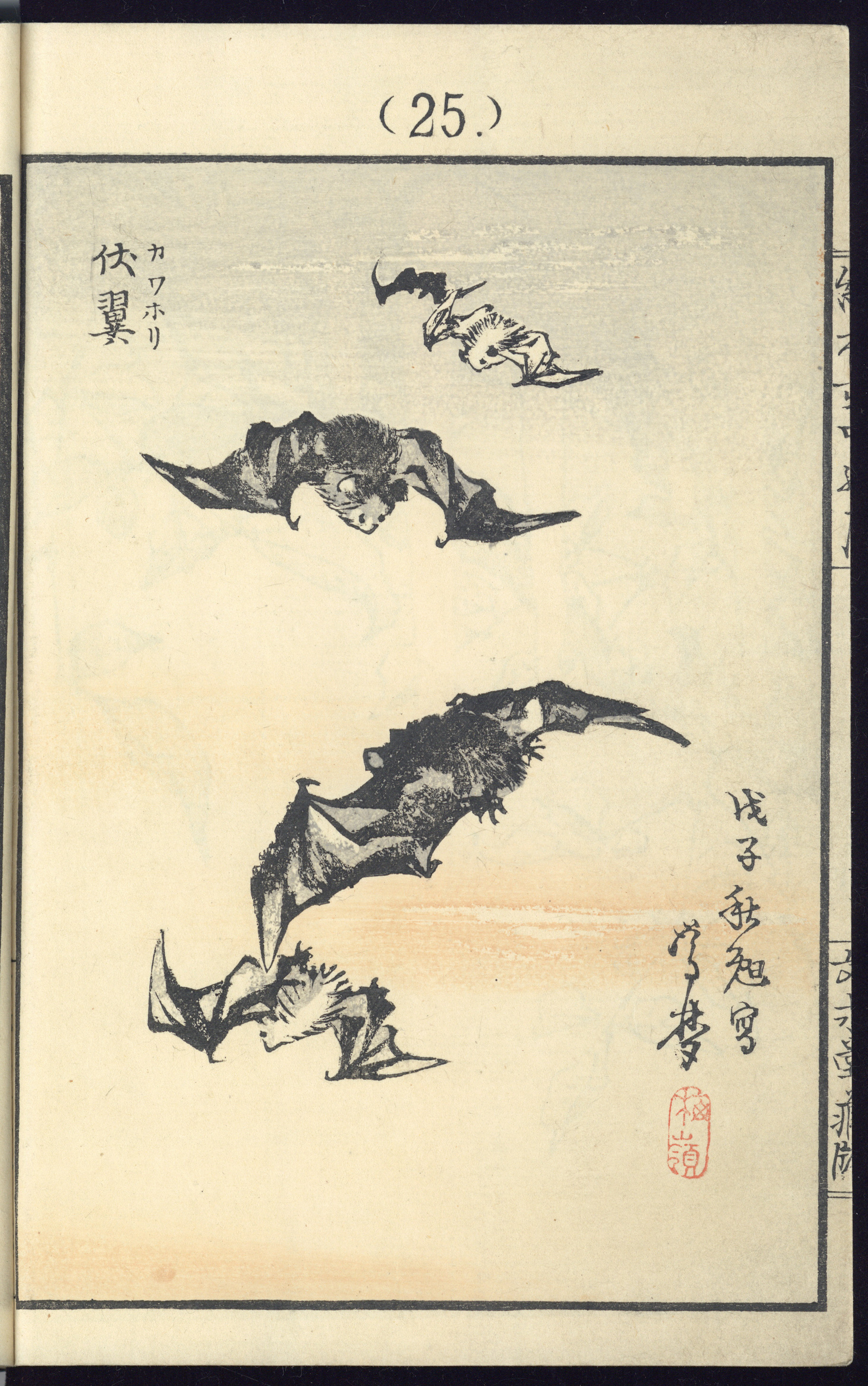
One of my favourite prints in the volume is a double page spread of cats fighting on a branch. It provides a nice excuse to share this treasure on International Cat Day (#internationalcatday).
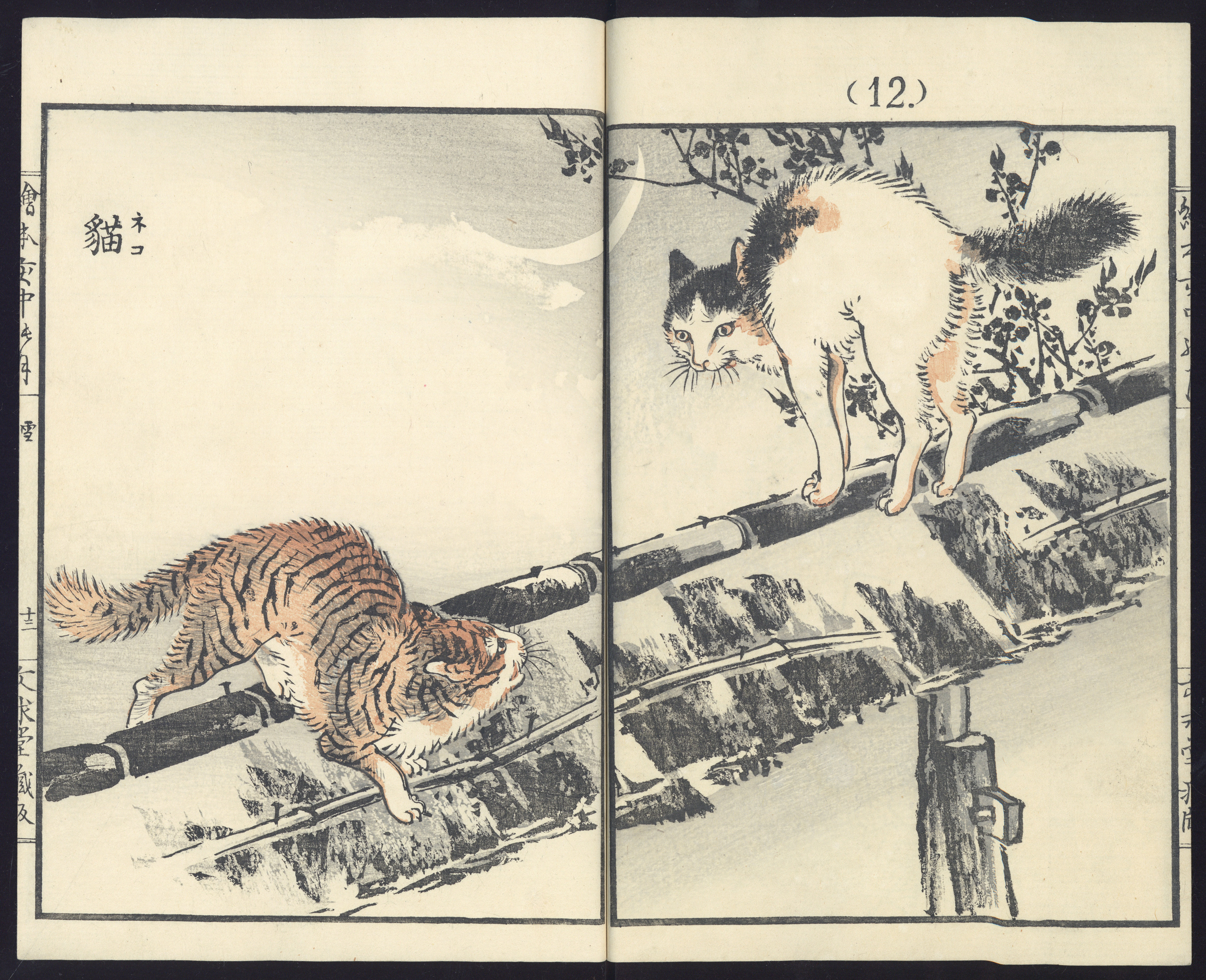
Written by Alex Healey, Project Archivist

